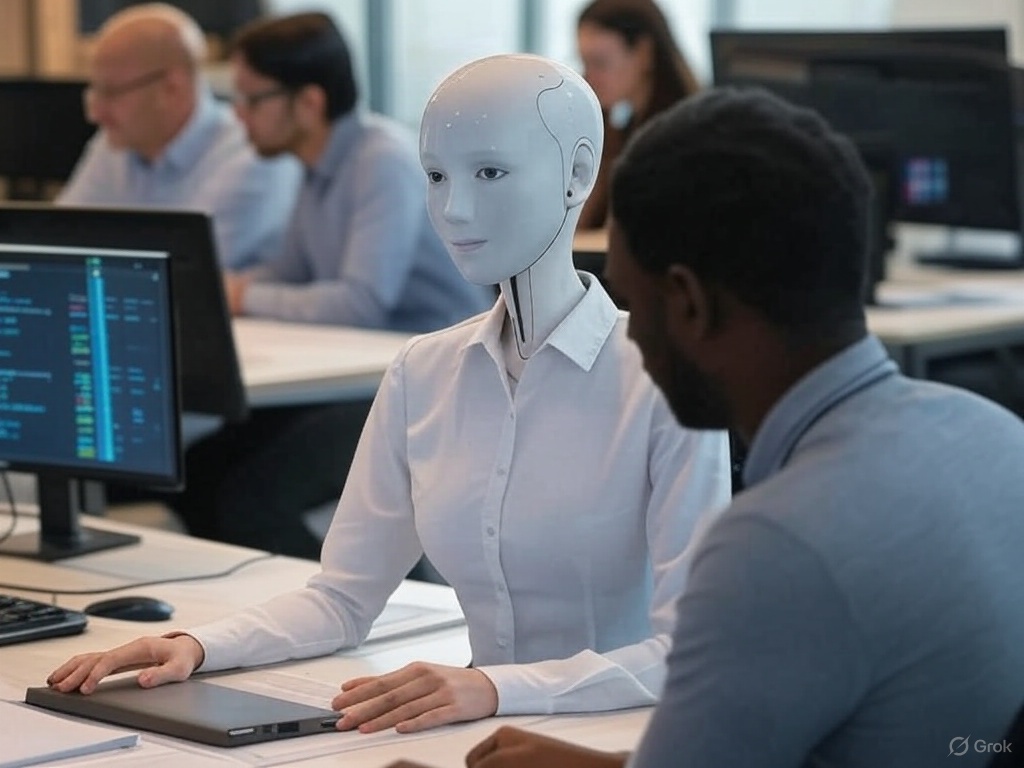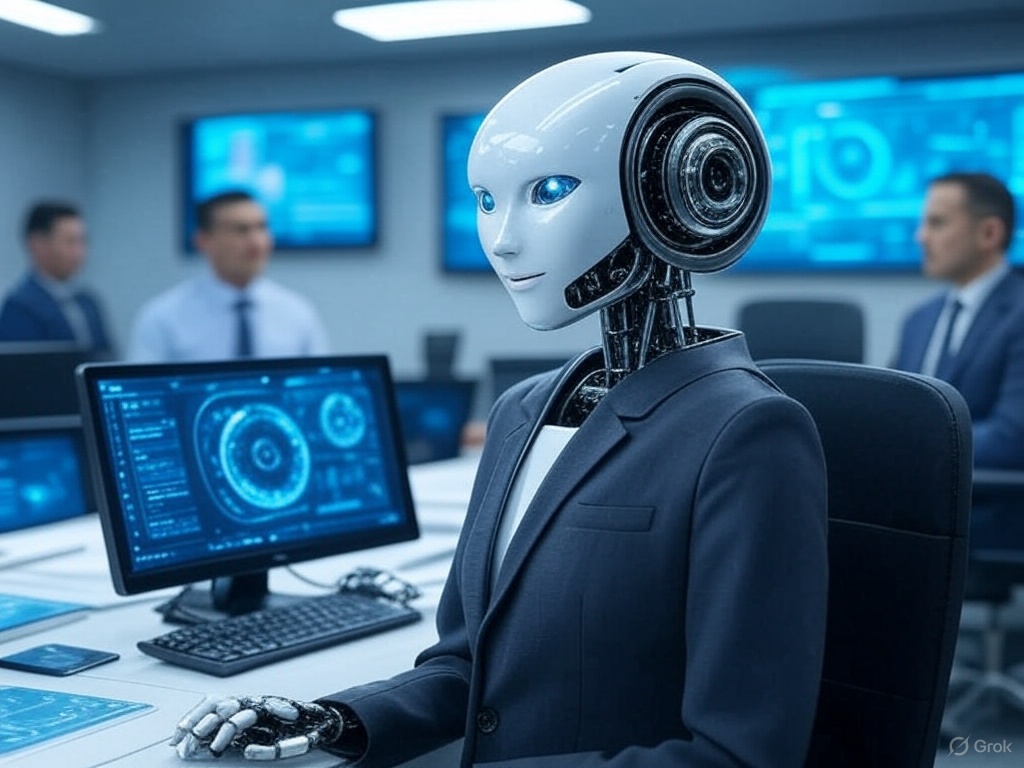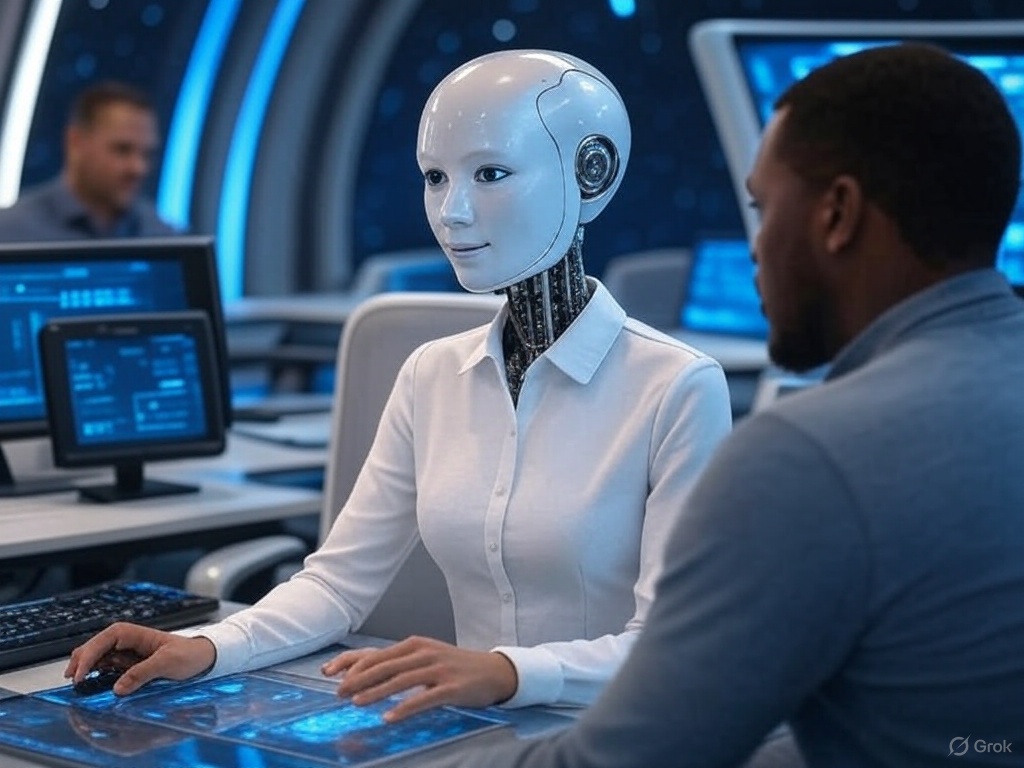In 2025, artificial intelligence has shed its playful, novelty-driven skin. Gone are the days when AI was primarily a source of amusement or a creative toy.
Today, people are turning to neural networks for practical, life-enhancing purposes, integrating them into their daily routines as personal coaches, technical leads, and even internal therapists. Welcome to the era of mindful AI, where utility trumps entertainment.
Therapy Takes the Top Spot
 The most striking trend of 2025 is AI’s rise as a mental health companion. Unlike human therapists, AI listens patiently, never interrupts, and offers judgment-free responses.
The most striking trend of 2025 is AI’s rise as a mental health companion. Unlike human therapists, AI listens patiently, never interrupts, and offers judgment-free responses.
Whether it’s processing emotions, navigating stress, or simply venting, users are flocking to AI for its empathetic, always-available support. This marks a seismic shift from AI’s earlier role as a generator of quirky stories or viral memes.
Self-Organization and Meaning-Making Surge
 AI is no longer just about automating tasks — it’s helping people find clarity and purpose. From organizing chaotic schedules to guiding users through existential questions, AI has become a tool for self-discovery and productivity.
AI is no longer just about automating tasks — it’s helping people find clarity and purpose. From organizing chaotic schedules to guiding users through existential questions, AI has become a tool for self-discovery and productivity.
These use cases, barely on the radar a few years ago, now dominate, reflecting a growing desire for tools that foster personal growth and structure in an increasingly complex world.
Code Generation Falls, But Gets Serious
 Once the poster child of AI applications, code generation has slipped from its former glory, dropping from the #1 spot to #5. But don’t mistake this for a decline in relevance.
Once the poster child of AI applications, code generation has slipped from its former glory, dropping from the #1 spot to #5. But don’t mistake this for a decline in relevance.
Developers are using AI more strategically, leveraging it for serious tasks like refactoring, debugging, and building complex systems. The focus has shifted from quantity to quality, with AI acting as a trusted technical collaborator rather than a gimmicky code-spitter.
Creativity Takes a Backseat
 The era of AI as a brainstorming buddy is waning. Generating ideas, once a top use case, has faded from the spotlight.
The era of AI as a brainstorming buddy is waning. Generating ideas, once a top use case, has faded from the spotlight.
Users now prioritize practical applications over creative experimentation, signaling a maturation of AI’s role in daily life. It’s less about “what can AI dream up?” and more about “how can AI solve my problems?”
The Mindful AI Revolution
AI in 2025 is no longer a toy — it’s a partner. From guiding teams as a virtual tech lead to offering personalized coaching or therapeutic support, neural networks are deeply embedded in how we work, learn, and grow.
This shift reflects a broader cultural move toward using technology with intention, prioritizing tools that enhance well-being and productivity over fleeting fun.
How Do You Use AI?
So, what’s your go-to AI use case in this new era?
 Drop a reaction to let us know:
Drop a reaction to let us know:
- Work (documents, emails, presentations)
- Study (explaining topics, cheat sheets, exam prep)
- Coding (generation, refactoring)
- Fun (jokes, casual chats)
The age of mindful AI is here. How are you making it part of your life?






